County Fermanagh Surnames and Families
Do you have County Fermanagh surnames in your Irish family tree? The beautiful county of Fermanagh with its dense woodlands, and hilltop vistas has long attracted migrants from other parts of Ireland, and well as England, Scotland, and Wales. This history of settlers has made for a unique mix of surnames and peoples.
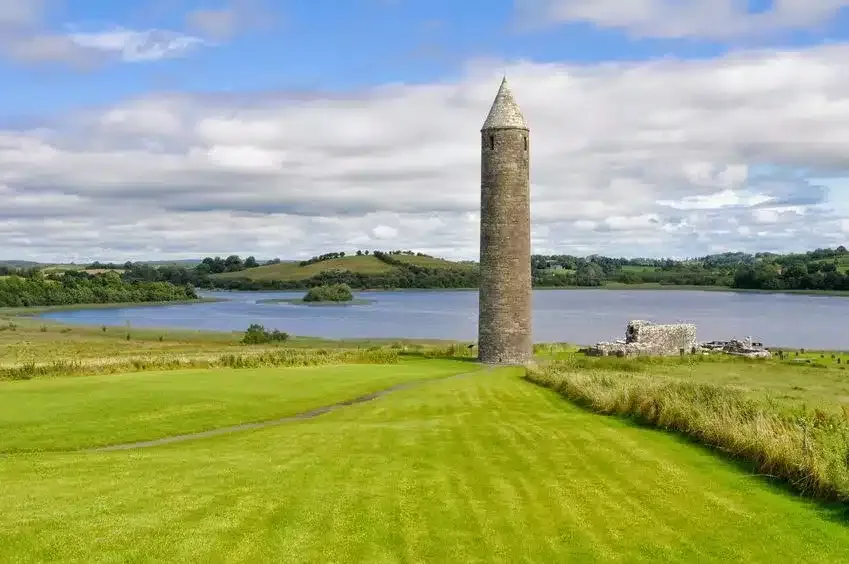
Last March, we headed up to the beautiful county of Fermanagh for a trip – it’s a wonderful county full of rolling hillsides, lakes, small villages and ancient structures. Have you ever been to Fermanagh?
Perhaps your Irish ancestry came from those parts? Do leave your comments below and let me know.
Now although your family may not have originated in County Fermanagh, I think you will find the following interesting as it provides a nice example of how a particular mix of Irish surnames come to be in a given location in Ireland.
The Families and Surnames of County Fermanagh.
Like many placenames in Ireland, Fermanagh received its name from a local tribe who were dominant in the area up to 1200 AD and beyond. They were the “Fir Manach” – say it fast and you can hear where the anglicised version of “Fermanagh” came from. We’re going to have a closer look at Fermanagh now – as it is a great example of how surnames evolve in an area over time.
The “Fir Manach” lived around the shores of Lough Erne and, over time, a number of Irish Gaelic families and surnames came out of this tribe to dominate the county that we know today. As well as the chiefs of the area, the Maguires/McGuires – the local surnames included:
O’Heaney, Mulrooney, O’Durrough, McAuley/McAwley, Drumm, MacDonnell, O’Cannon, O’Cassidy, MacManus, O’Muldoon, McEntaggart, McTully, O’Flanagan, McCaffrey, O’Devine, McMaster and O’Bannion.
Are any of your Irish surnames here?
However, with the “Flight of the Earls” in the early 1600s, the lands of Hugh McGuire were confiscated by the Crown and divided among Scottish and English “Undertakers” as well as the native Irish. These Undertakers “undertook” to develop and colonise their granted land with farmers and craftsmen from their existing estates in England or Scotland. The chief undertaker families to benefit under the new settlement were the families of Cole, Blennerhasset, Butler, Hume, and Dunbar.
In Step the “Border Reivers”.
To look at the “colonisation” of County Fermanagh a little deeper, we need to travel over to the border region between England and Scotland in the early 1600s. Up to that time, Scotland and England had been intermittently at war over hundreds of years and royal authority was weak in the area stretching for miles either side of the official border between the two countries. People who lived in this area were loyal to kin – and not much beyond that. A culture of cattle raids existed and whole herds were stolen and moved from one territory to another. So the name “border reivers” (reiver meaning to rob) was attached to the local chief families of the area.
Now, what has this got to do with County Fermanagh? Well, King James I outlawed the activities of these Border Reiver families – and made life very difficult for them. So, just as the border area was being cleared, and opportunities for many Reiver families were evaporating – in came the possibility of a new start in the developing colony of Ireland.
Two of the main “undertakers” in the plantation of Ireland were John and Alexander Hume (from a border family themselves) and they “undertook” to plant 3000 acres of County Fermanagh with settlers from their own border lands between England and Scotland. Many members of these Reiver tenant families saw an opportunity to start afresh on cheap land – and in an area that would appreciate their frontier skills and mentality. By 1649, border names such as: Armstrong, Bell, Crozier, Elliott, Graham, Irvine, Johnston and Nixon had established themselves across the county of Fermanagh.
In County Fermanagh, this mix of original Irish Gaelic names, border reiver names – and later arrivals – remain to this day. By the 1901 census, the following were the most numerous Irish surnames in Fermanagh (starting with the most numerous):
Maguire, McManus, Johnston, Armstrong, Gallagher, Elliott, Murphy, Reilly, Cassidy and Wilson.
Are any of your Irish surnames here? Do leave your comments below and let me know. So, that’s the “melting pot” of County Fermanagh – in one way a microcosm of the “melting pot” that Ireland has been over the past 10,000 years.
That’s it for this week – and we do look forward to you joining us again next week.
Slán for now,
Mike & Carina.

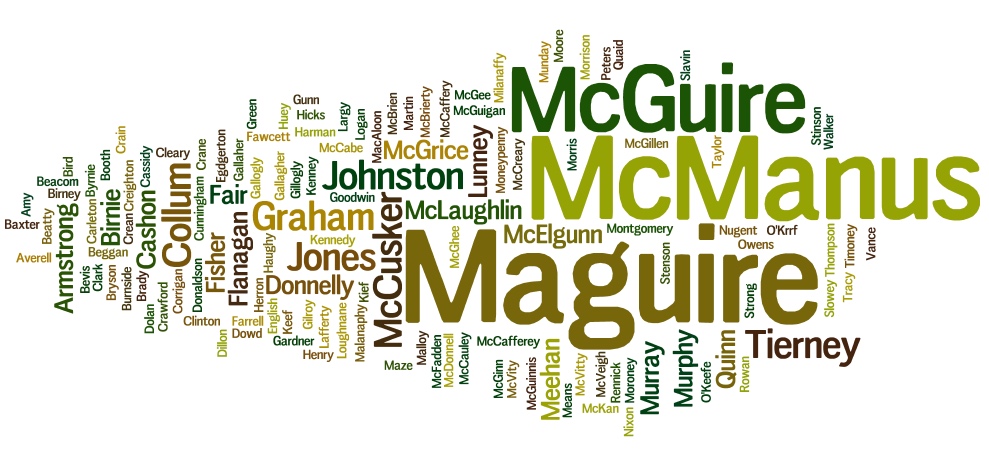
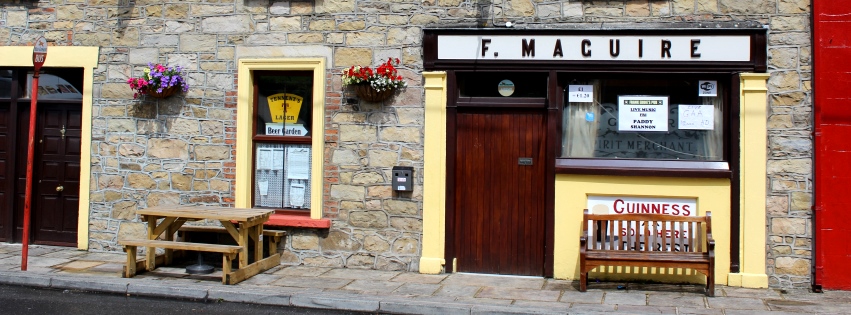
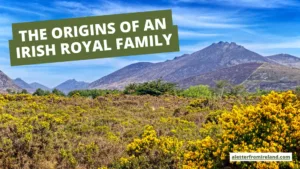
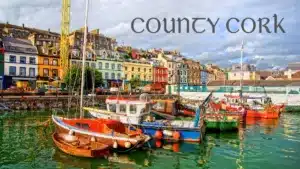
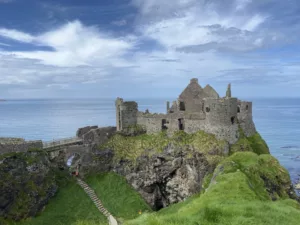
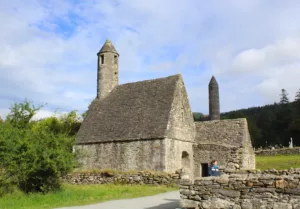
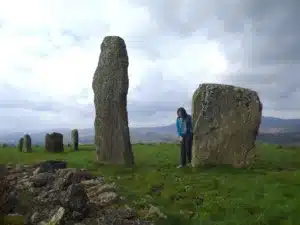
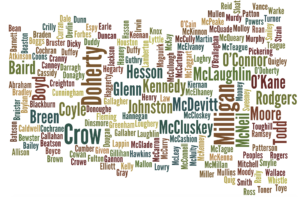
Only Plus Members can comment - Join Now
If you already have an account sign in here.